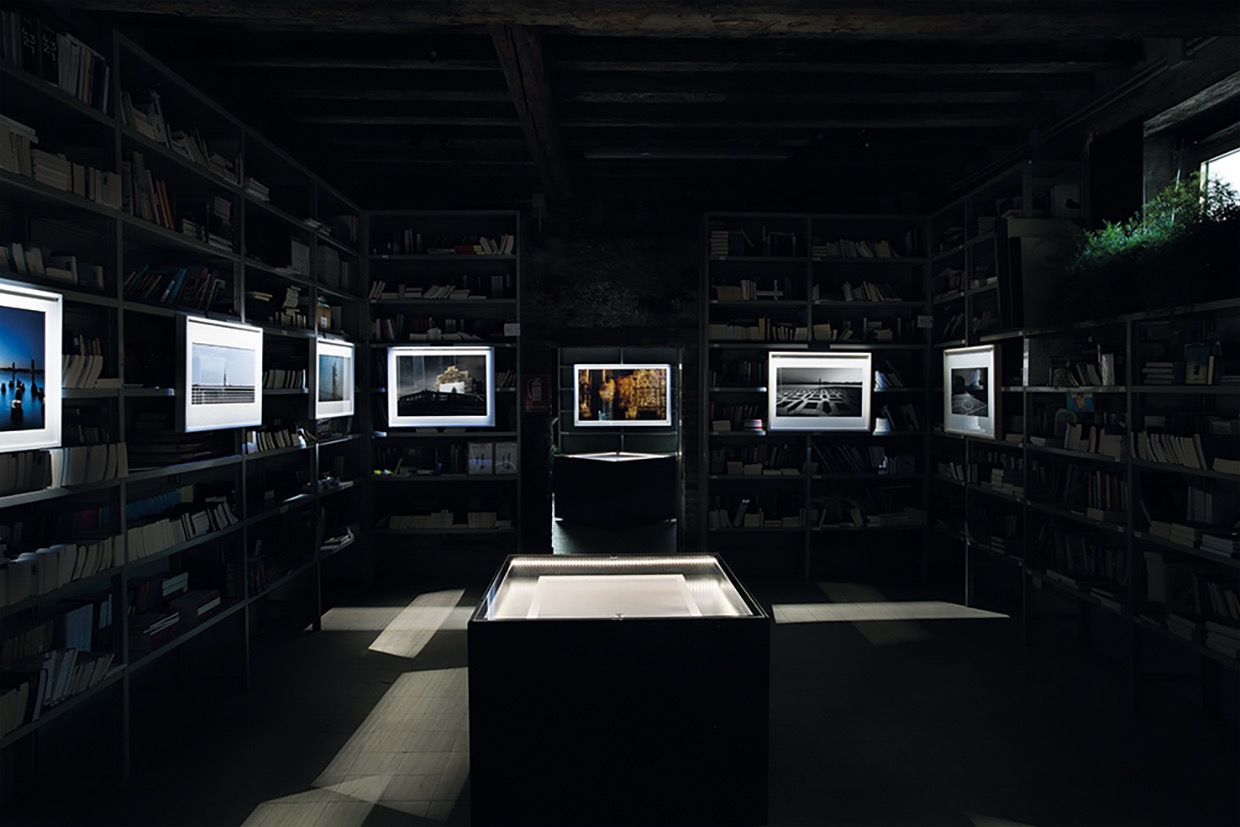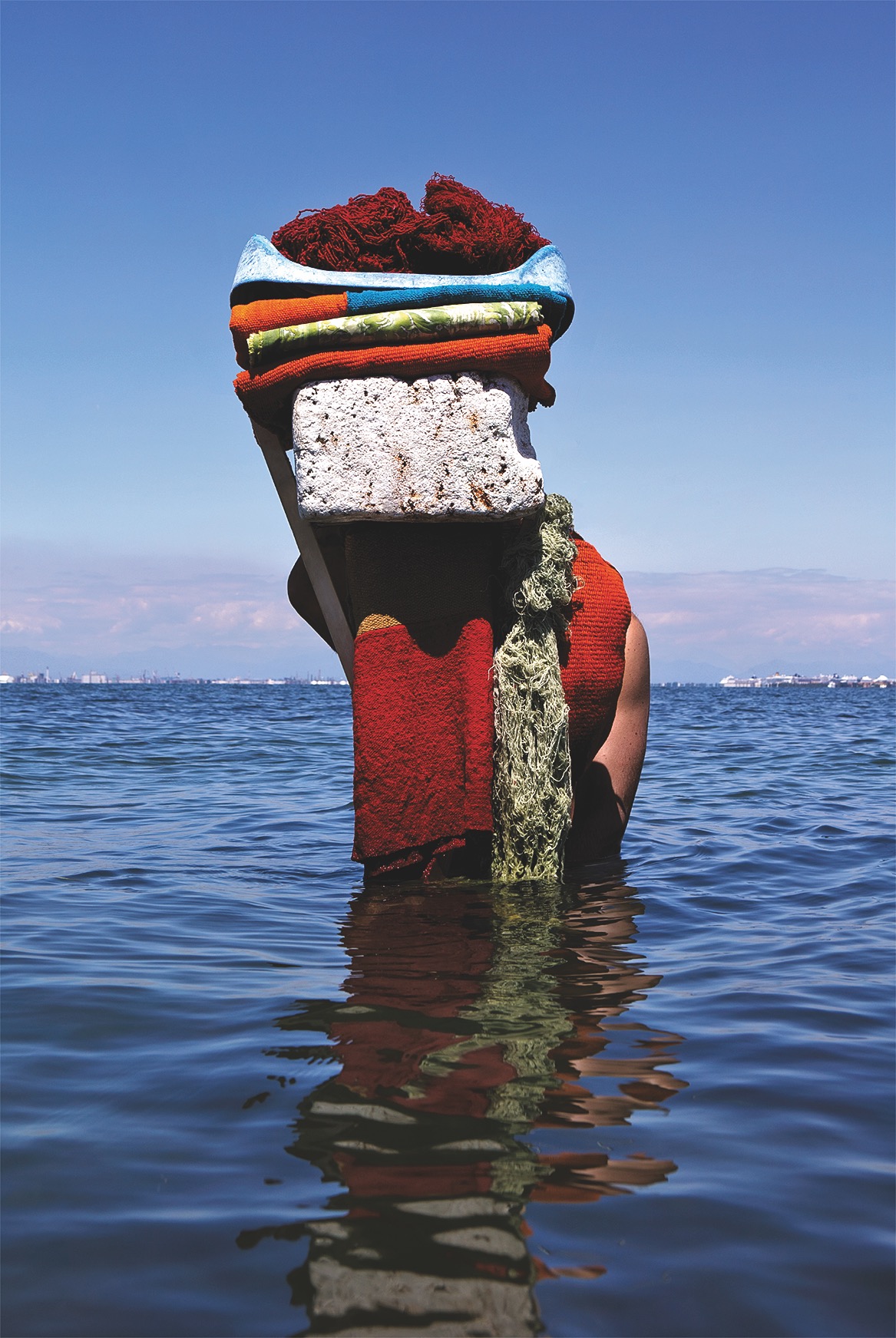Mantas, Floater, Green Fortuny, Cochinilla & Kinsaccuchu Dyed Yarn, Wood, Body in Forte di Mezzo, 2019 © Lorenzo Vitturi.
This article is printed in the latest issue of British Journal of Photography magazine – a special edition with a double theme, Love / Ukraine. It can be delivered direct to you with an 1854 Subscription or available to purchase as a single issue on the BJP shop.
The azure lagoons and golden light of Italy’s floating city have charmed visitors for centuries. Louise Long looks beyond the touristic sites and bustle of the Biennale to uncover Venice’s photographic highlights
Venice is – to borrow a phrase from writer Patrick Leigh Fermor – where I first encountered “rafts of colour”. The peach sky on a dawn lagoon, the slate grey of winter fog, the carmine red of Titian satin, and the rainbow treasure of Murano’s workshops. As a child, my first visit coincided with the tail end of the Biennale; at a time before I fully understood its significance.
The place exuded a gentle glow, and I immediately fell under its spell. Standing beneath Bellini’s San Zaccaria Altarpiece, I awoke to the transportive power of images. I was struck by the trompe l’oeil of the Venice architecture, the warmth of its light and the poetry of its details. “Immersed between sky and water,” is how artist Lorenzo Vitturi [below] describes the city.
As for photography’s story, it is a tale of fantasy and riches. Venice is where, in 1845, writer John Ruskin discovered the miracle of the daguerreotype. Four years later, he returned with his own camera, producing his three-volume study of Venetian architecture, The Stones of Venice. As the decades turned, photographers continued to visualise the city – from Tomaso Filippi’s late-19th century pictures of Venice to Fulvio Roiter’s best-selling photobook Essere Venezia, published in 1978. In the 1980s, the city inspired the salient work of the Viaggio in Italia collective, led by Luigi Ghirri.
Today the city accommodates a select but active community of practitioners. You need only to turn to contemporary artists Lucia Veronesi or Kensuke Koike, both of whom experiment with found and collaged imagery to navigate their experience of the city, to witness its diverse and timeless influence.
Venice’s greatest magic is in the everyday and the unexpected: pausing for espresso and sfogliatelle from Pasticceria Chiusso; stumbling across perfect herringbone brickwork in the almost-secret Campo de l’Abazio; or an aperitif at dusk among artists and writers in the courtyard of Hotel Aquarius.
In his book 435 Ponti e Qualche Scorciatoia (33 Postcards), photographer David Horvitz asks: “Does a visitor with only one day in Venice have the time to wander the city?” I would venture, yes: for at the very first step, you are enveloped in the enigma of its light and colour.
Casa dei Tre Oci
Fondamenta Zitelle, Giudecca 43, 30133 Venezia
Travelling over the water to Giudecca, or by foot on the Fondamenta delle Zattere, the ‘three eyes’ of Casa dei Tre Oci are unmistakable. Designed in 1913 by artist Mario de Maria, the palace is a marvel of neo-Gothic architecture. Boasting exhibitions, workshops, talks, portfolio readings and book events, Casa dei Tre Oci is the centre of photographic excellence in the city. Across three floors, temporary exhibitions offer space to the likes of Elliott Erwitt, Sebastião Salgado, and René Burri. Currently, the palace is hosting the largest-ever retrospective (on show until 23 October) of the late French-Swiss photographer Sabine Weiss, who passed away last December. Its bookshop is a rich trove too – of art titles, independent publications and essay collections.
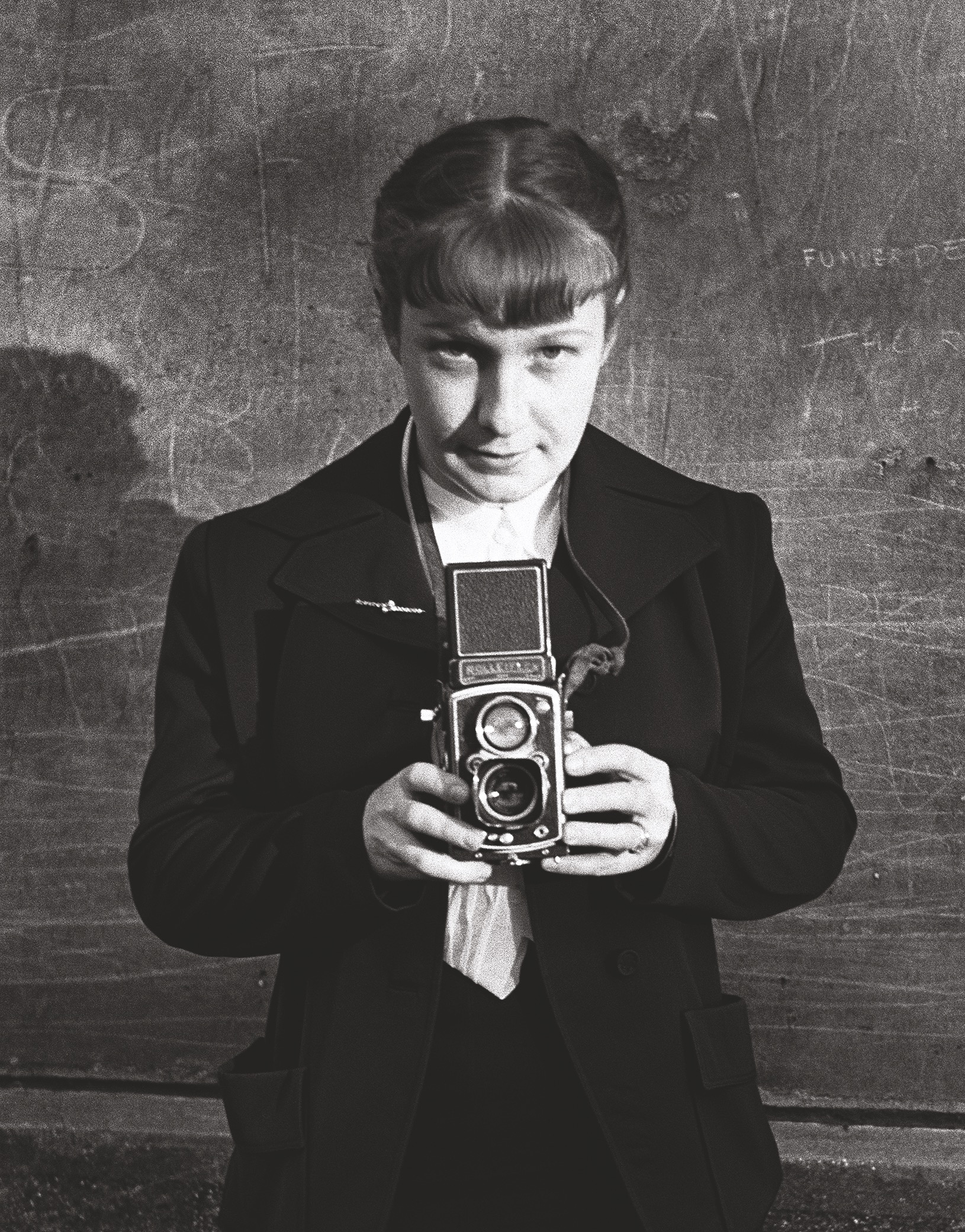
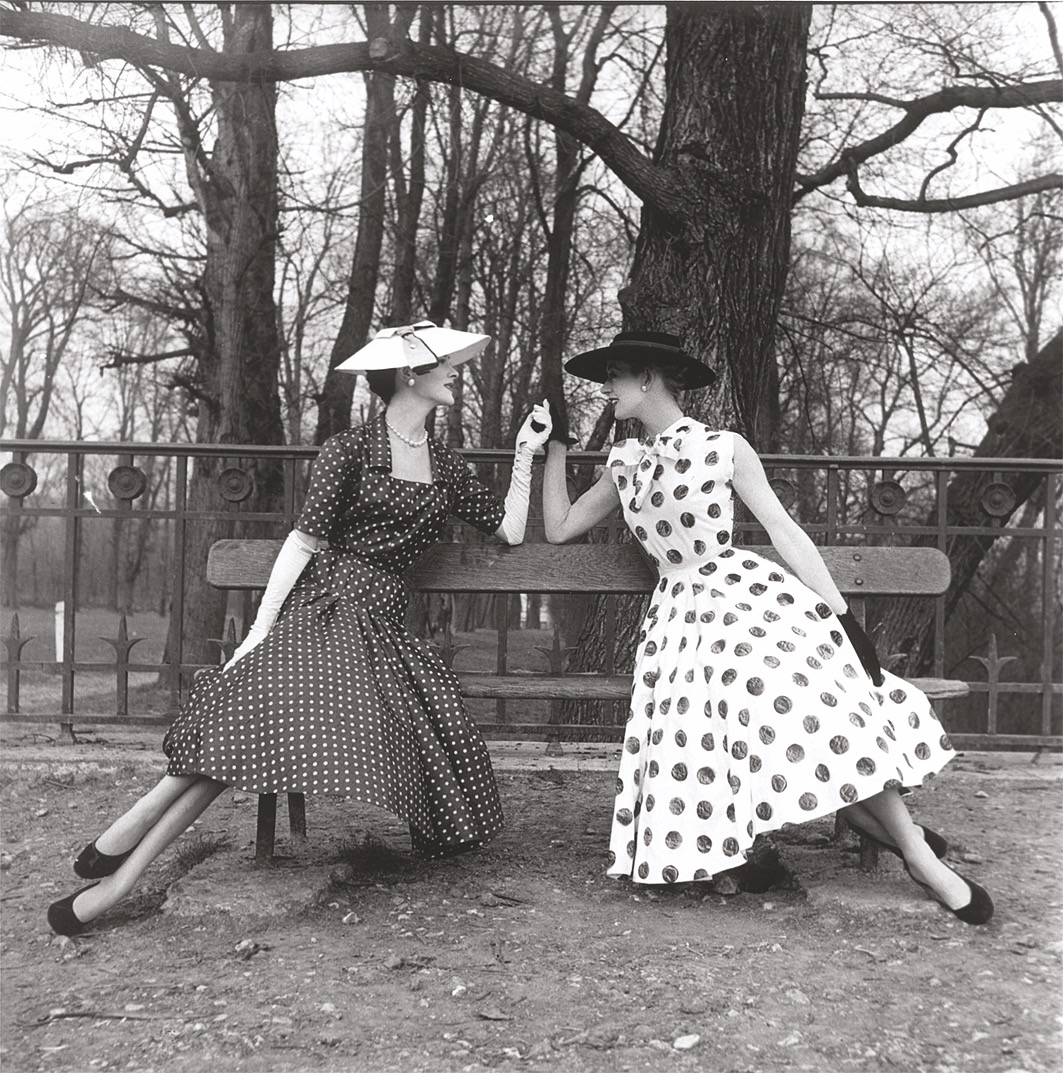
Bruno
Calle Lunga San Barnaba, Dorsoduro 2729, 30123 Venezia
Amid a labyrinth of antique bookshops sits a beacon of contemporary publishing and utilitarian design. Bruno is an oasis of concrete walls, sleek shelving and steel girders – part bookshop, part design studio – catering to artists, architects, designers, and simply the culturally curious. Its thoughtful displays include artist books and one-off editions, while its magazine stacks buzz with emerging and independent titles. No less lively is its events calendar of special exhibitions, book launches and readings. In warmer months, locals can be found spilling out onto the street, olives and vino in hand.
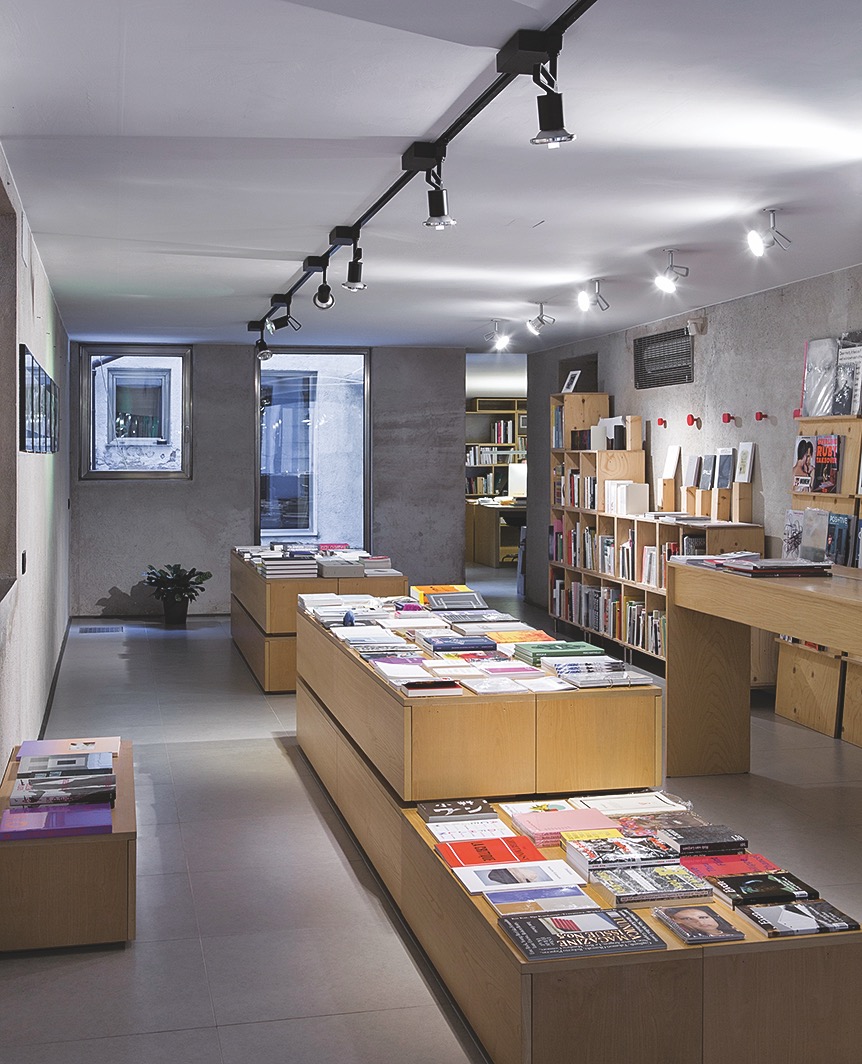
Artist-in-residence: Lorenzo Vitturi
“In the last two years people have realised it’s possible to live again in the city,” says Italian-Peruvian artist Lorenzo Vitturi. In the 1960s, Vitturi’s father – a glassmaker from Murano – left Venice for Lima, Peru. There, he fell in love with Vitturi’s mother, and the pair returned together to Venice. Fifty years on, Vitturi is re-enacting the trip: transporting 100kg of glass on numerous expeditions between Europe and South America for his latest project, Caminantes. Four years in the making, the ongoing project speaks to the “process of transformation” that comes from cultural connection. Through photography, sculpture, painting and performance, Vitturi’s collaborations with artisans – including ceramicists, textile artists and glassmakers – preserve the facts of their original localities, while generating new meaning. Vitturi was raised between two cultures – Italy and Peru – and has spent the last 21 years living between London and Lagos. But Venice remains central to his artistic mission. Between lockdowns in July 2021, a three-month trip to the city turned into 10. Vitturi found it was the “best moment to come back”, landing a beautiful studio in the lively district of Cannaregio – almost impossible in pre-pandemic times. And while the light, colour and materiality of Venice have forever been his “teacher”, since 2019, Vitturi’s focus has sharpened on Venetian art history for the first time. Two decades and a global pandemic later, “I have been discovering my city,” he says.
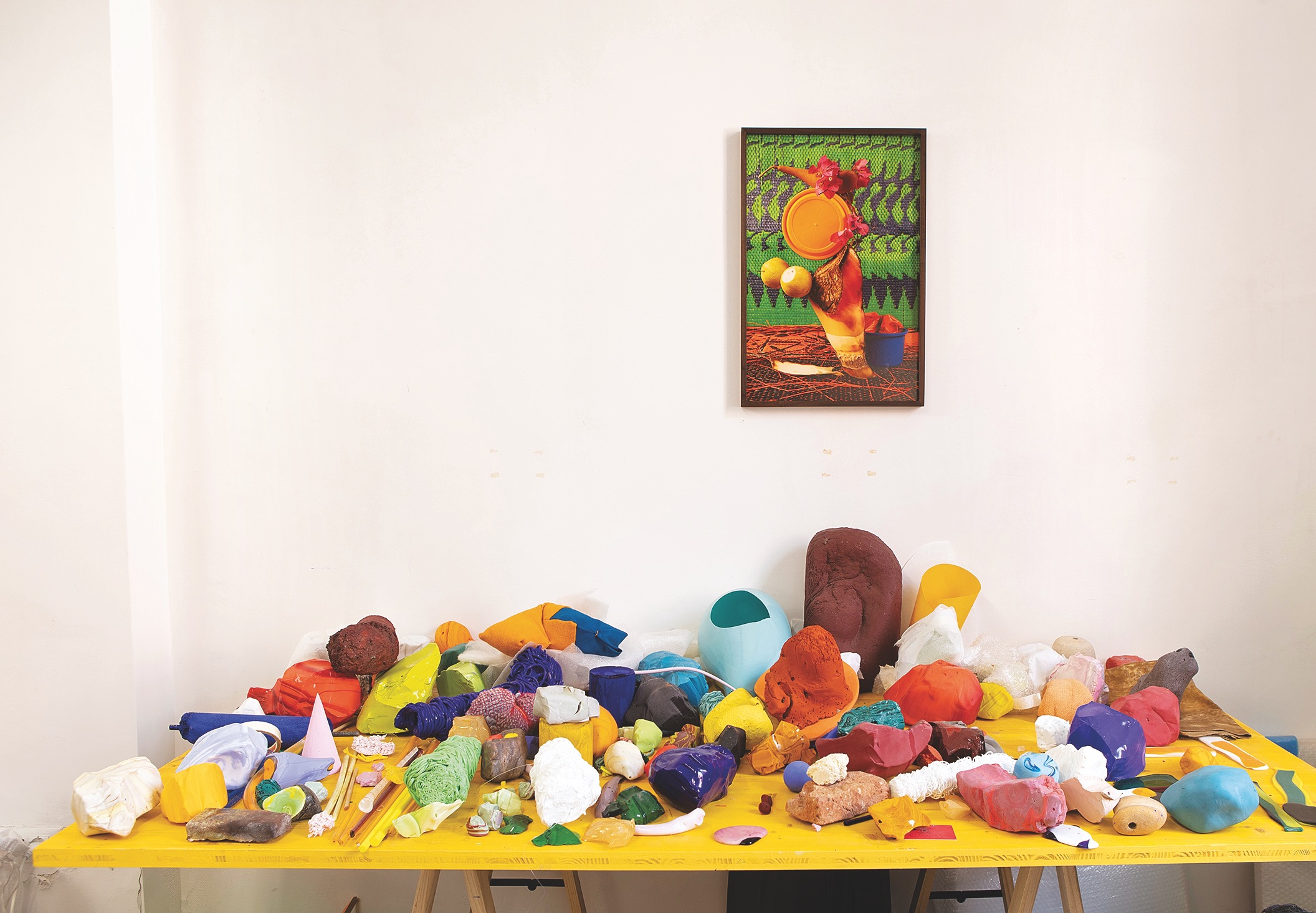
Fondazione Querini Stampalia
Campo Santa Maria Formosa, Castello 5252, 30122 Venezia
Fondazione Querini Stampalia is, in its own words, a place “in constant flux”. It is a 16th-century palace with original furnishings, frescoes, and Venetian Old Masters paintings. But since its architectural renovations in the 1950s and 60s, the focus has been on its dialogue with contemporary art. In the permanent collection, photography is front and centre, with the archives of Luigi Ghirri, Graziano Arici, Luigi Ferrigno and Mark Smith held there. Also in its collection is Catalan photographer Margarita Andreu’s Entrambi luoghi (Both the places), a photographic series responding poetically to the Fondazione’s architectural renovations.
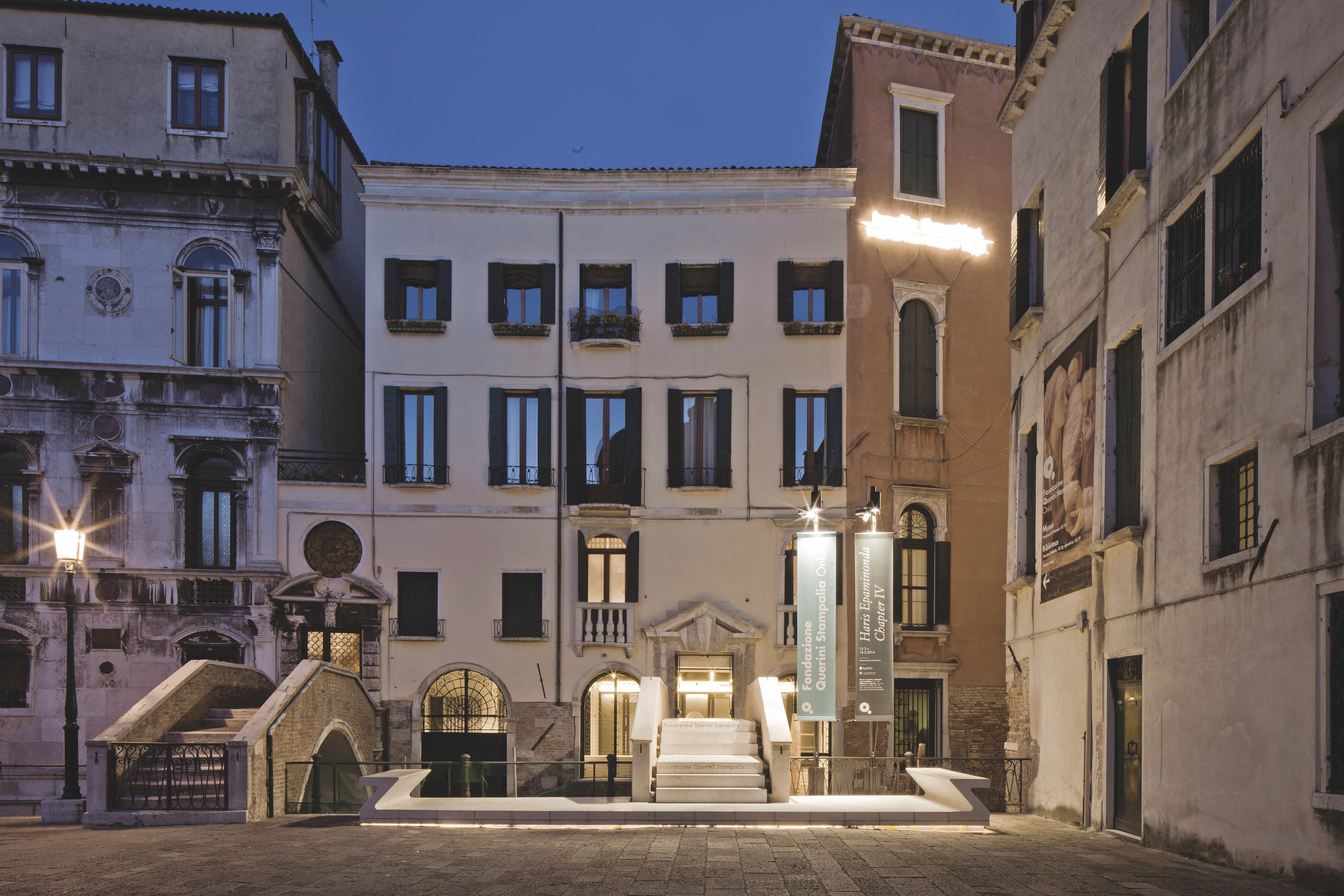
Cameraphoto Epoche
Calle del Cafetier, Castello 6661, 30122 Venezia
“If Venice could talk,” says Vittorio Pavan, “it would say, ‘Stop taking pictures, let’s experience me!’” Pavan, a photojournalist for more than two decades, is custodian of Cameraphoto Epoche, an archive of over 300,000 photographic negatives of the city. He began working at the archive aged 14, and in the following 50 years, his appreciation for the collection has remained steadfast – from the spectacle of celebrity to the intimate life of Venetians: crafts, boats, Rialto market, and women in Burano making lace. From sun-kissed stars to political protests, sultry night scenes to the dazzling Carnivale, images of Venice may have reached saturation point. But luckily for modernday visitors, the historic jewels are in safekeeping at Cameraphoto Epoche.
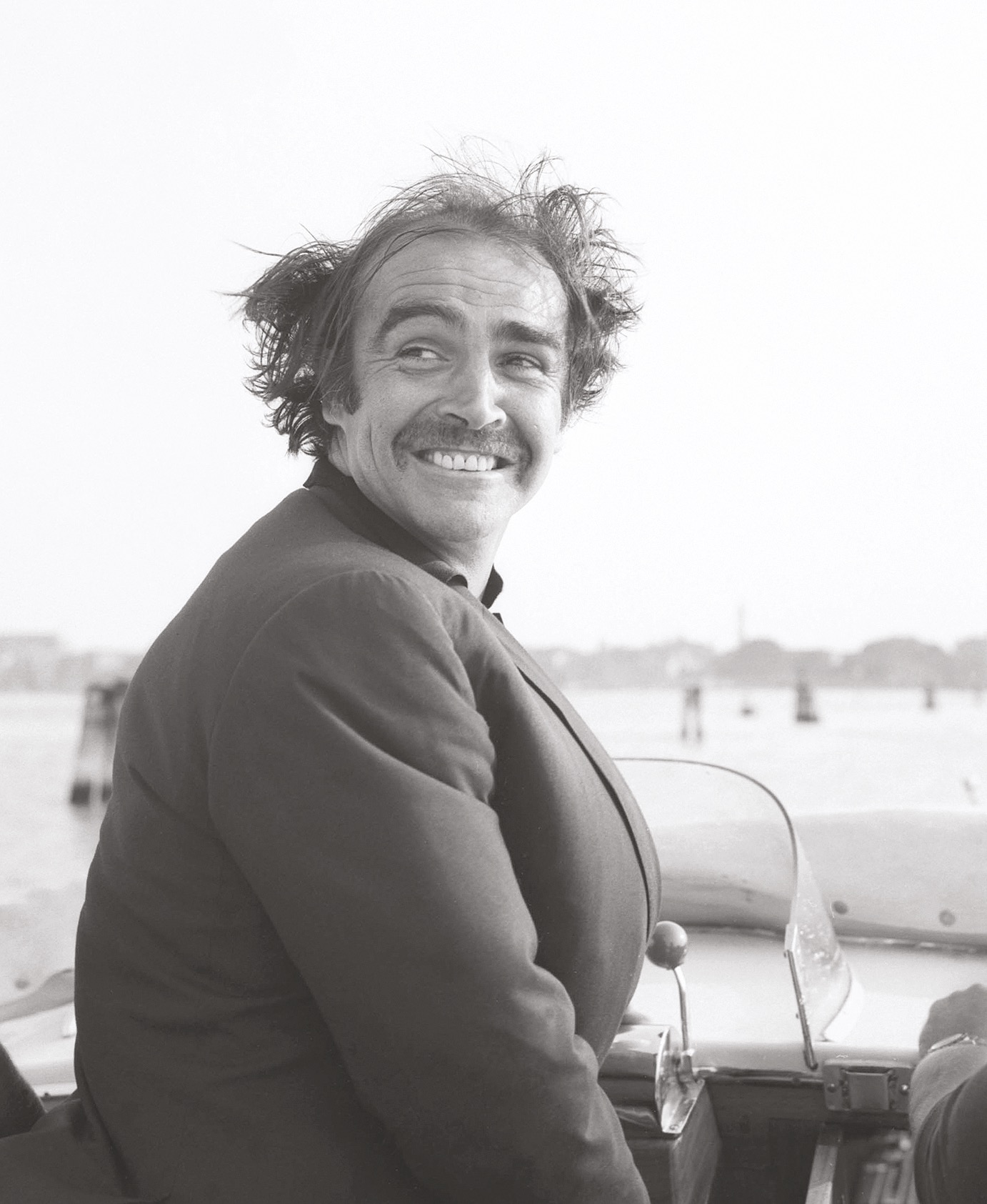
Artist-in-residence: Paolo della Corte
After years spent working in Milan and Rome, Paolo della Corte has recently returned to Venice, to a small studio near the Rialto market. He is first to admit the artistic challenges of the city – of falling into “the trap of its beauty”, or producing work that is simply “too aesthetic and banal”. For now, he is committed to telling the story of the “contemporary city, through its inhabitants, who are resisting, despite the great difficulties of living here”. His projects, (R)existing in Venice and Venice 2050 DC are both born of this experience – reflecting the state of mind and day-to-day challenges faced by many kindred spirits.
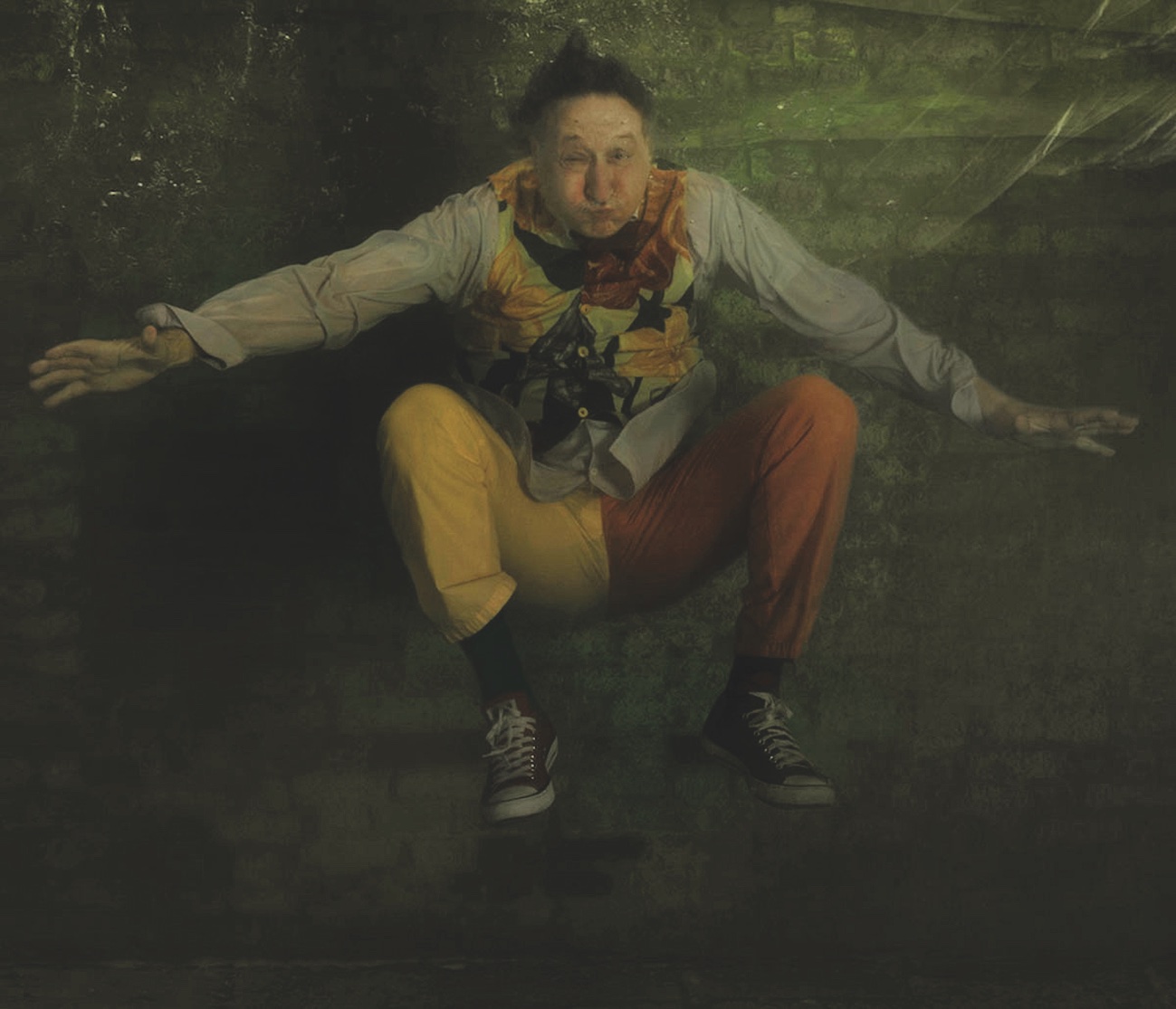
LaToletta SpazioEventi
Fondamenta Borgo, Dorsoduro 1134, 30123 Venezia
LaToletta SpazioEventi is an ambitious new exhibition space curated by Michele Alassio. In early 2021, Alassio met Giovanni Pelizzato, owner of the historic Toletta bookshop in Venice. Within a few months the pair had transformed a warehouse into a world-class gallery, hosting up to nine exhibitions a year of emerging and established artists, as well as the Venice Photo Prize. Alassio jokes how he and Pelizzato were born on the same day, 10 years apart, and though they are “opposite characters”, the pair are “perfectly in agreement” over their shared vision. Their aim is to forge a community that comes back to “see the originals”, and leaves with pictures “in your eyes and heart, not under your arm or in your suitcase”. From April, the space will host free aperitif evenings on Fridays, in the rare company of local writers, painters and photographers.
